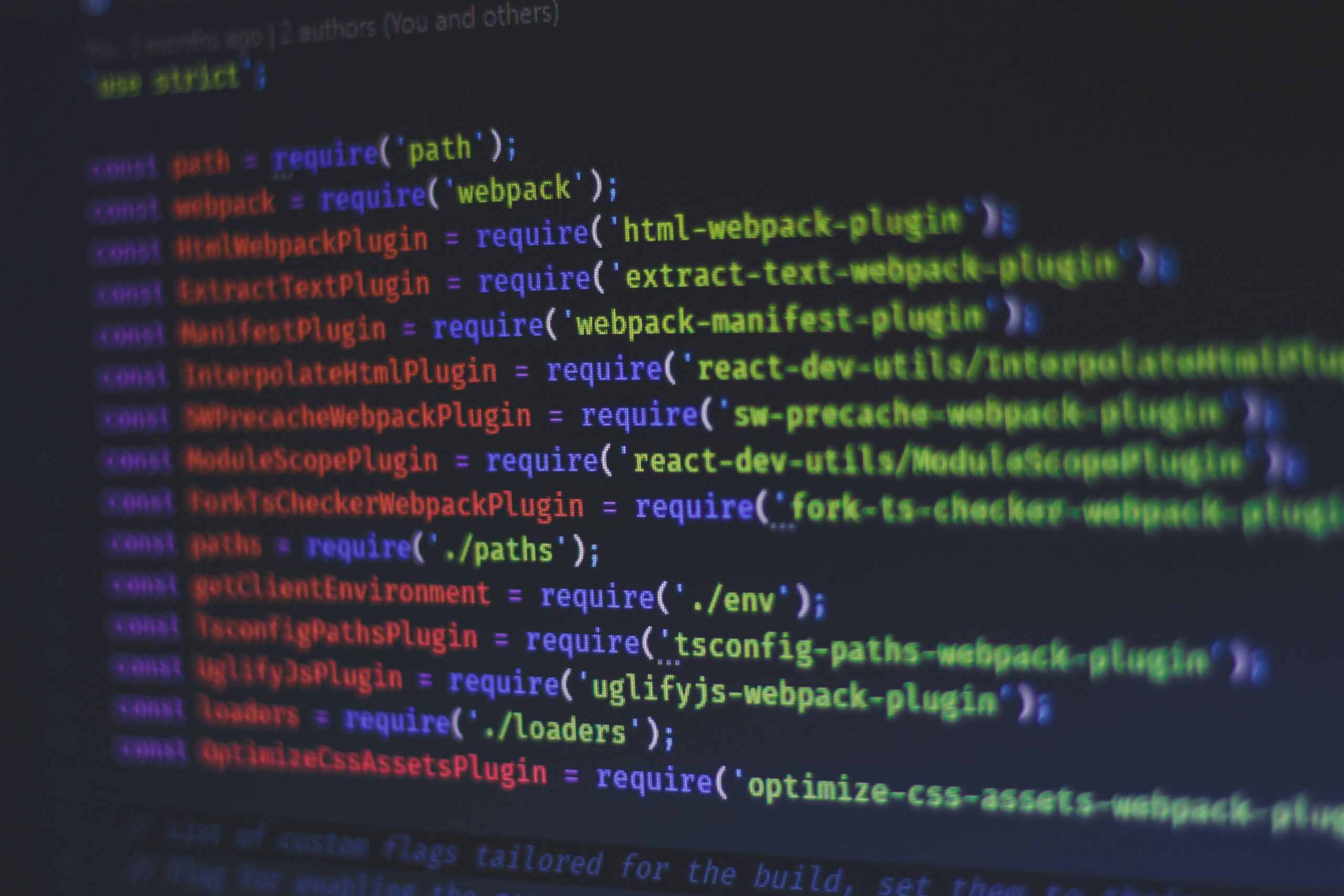
What Is Software Development Life Cycle (SDLC)?
Article Summary
Key Takeaways
- The software development life cycle (SDLC) is a structured framework that guides how software is planned, built, tested, deployed, and maintained.
- It helps software development teams reduce risks, improve quality, and ensure that each project stage, from concept to deployment, follows a repeatable, transparent process.
- A standard SDLC includes seven phases: planning, analysis, design, implementation, testing, deployment, and maintenance, each with defined deliverables and checkpoints.
- Following the SDLC helps teams improve code quality, project management, and security, while reducing downtime, rework, and overall cost.
- There are several SDLC models, including Waterfall, Agile, Iterative, V-Shaped, and Spiral, each offering unique benefits depending on project scope and complexity.
- The SDLC also integrates security testing and risk assessment throughout the process, ensuring that vulnerabilities are identified and mitigated early.
- Continuous integration and quality assurance practices keep software reliable, scalable, and aligned with evolving user needs.
- For Northbuilt clients, particularly in manufacturing and industrial services, the SDLC ensures systems stay dependable, efficient, and secure over the long term.
- A well-executed software development process leads to smoother system integrations, stronger data accuracy, and sustainable business performance.
Who This Is For
- Business owners, manufacturers, and industrial service leaders are looking to understand how structured software processes improve reliability and results.
- Project managers or technical leaders planning or overseeing software projects that require consistent performance and long-term maintainability.
- Organizations evaluating software development partners or frameworks to guide new builds, integrations, or modernization projects.
- Developers, engineers, and IT professionals seeking to align with best practices for software engineering, security testing, and quality assurance.
Understanding How the SDLC Ensures Quality, Security, and Long-Term Success
In software engineering, a great idea is only as strong as the process that turns it into reality. That process is known as the software development life cycle (SDLC), a framework that guides the planning, building, testing, and maintenance of software.
Whether you’re developing internal tools, industrial systems, or customer-facing applications, the SDLC ensures that every stage, from concept to deployment, occurs in a structured and repeatable manner that minimizes risk and maximizes results.
At NorthBuilt, we utilize this framework daily to help clients maintain reliable, high-quality software that supports growth and long-term performance.
What Is the Software Development Life Cycle?
The software development life cycle (SDLC) is a systematic process used by software development teams to plan, design, build, test, and deploy software applications.
It defines each development phase of a project, helping teams deliver working software efficiently and consistently. The SDLC framework also includes a maintenance phase, ensuring that once software is launched, it continues to perform as business needs evolve.
In short, the SDLC transforms a software concept into a finished, fully functional product through a repeatable, quality-driven process.
Why the Development Life Cycle Matters
For complex projects, a defined development life cycle reduces chaos and prevents costly mistakes. Instead of jumping from idea to execution, the SDLC gives teams a roadmap, complete with feedback loops, checkpoints, and quality assurance stages, to keep software projects on track.
A strong SDLC helps teams:
- Align on clear project requirements and goals
- Manage timelines, scope, and budgets
- Maintain consistency across the software development process
- Improve code quality and security
- Reduce the risk of rework, bugs, or downtime
By following an SDLC framework, software developers can deliver high-quality software that meets user needs and business expectations.
The Main Phases of the Software Development Life Cycle
Though models vary, most SDLC frameworks include these core development stages:
- Planning Phase – Define goals, timelines, and resources.
- Analysis Phase – Identify system requirements and potential risks.
- Design Phase – Translate requirements into technical specifications and architecture.
- Implementation Phase – Write code and build software components.
- Testing Phase – Conduct unit testing, integration testing, and system testing to ensure quality.
- Deployment Phase – Release the software to a production environment for users.
- Maintenance Phase – Provide updates, bug fixes, and ongoing maintenance for long-term success.
Each development phase has corresponding deliverables, documentation, and review points to maintain transparency and control.
The Design Phase: Setting the Foundation
The design phase is where creativity meets structure. Here, the development team creates technical blueprints for the software.
This includes architecture diagrams, database structures, and user interface mockups. Teams may also use Unified Modeling Language (UML) to visualize how software components will interact.
Strong design ensures that the project has a clear direction before development begins, minimizing rework and improving performance later in the implementation phase.
The Implementation Phase: Turning Plans into Working Software
Once the design is finalized, developers begin the implementation phase, writing the actual code that powers the application.
This is where software developers use programming languages (such as Python, Java, or C#) to build the system based on design specifications.
During this stage, developers often apply continuous integration and test automation to catch issues early. Peer code review helps maintain consistency and ensure high-quality output.
The Testing Phase: Ensuring Software Quality
No matter how strong the code, software must be tested thoroughly before release. The testing phase verifies that the application works as expected and meets all software specifications.
Common testing activities include:
- Unit Testing – Validates individual components.
- Integration Testing – Ensures systems work together correctly.
- System Testing – Confirms that the full system meets requirements.
- Security Testing – Identifies vulnerabilities before deployment.
This phase often includes customer feedback loops and user acceptance testing (UAT) to ensure that the software aligns with real-world use cases.
The Deployment Phase: Moving to Production
After testing is complete, the software is released into the production environment. This is known as the deployment phase.
During deployment, teams execute a release management plan that may include installing updates and migrating data.
Once the system is live, developers monitor its performance and fix bugs as they appear. This stage transitions naturally into ongoing maintenance, ensuring the software remains stable and secure.
Maintenance Phase: Keeping Software Healthy
The maintenance phase is often overlooked, but it’s one of the most important parts of the development life cycle.
After launch, software requires regular updates to address new user needs and system integrations, along with security vulnerabilities. Teams continuously monitor performance and apply patches, always adapting to changing business environments.
At NorthBuilt, this is where we specialize, helping businesses maintain software long after its initial development, which ensures reliability and scalability.
Common SDLC Models
Different software development models define how teams approach the life cycle. Each offers unique advantages depending on project scope and complexity.
1. Waterfall Model
The Waterfall model follows a linear sequence; each phase must be completed before the next one begins. It’s best for projects with well-defined system requirements and minimal expected changes.
2. Agile Model
The Agile model breaks projects into smaller, iterative cycles known as sprints. Agile prioritizes customer feedback and working software over rigid documentation.
3. Iterative Model
The iterative model focuses on repetition. Software is built and refined in multiple cycles, allowing teams to improve and fix bugs based on feedback continuously.
4. V-Shaped Model
In the V-shaped model, every development stage has a corresponding testing phase, ensuring that verification occurs throughout the process, not just at the end.
5. Spiral Model
The spiral model combines iterative and Waterfall approaches, emphasizing risk analysis and refinement. It’s ideal for complex projects that evolve over time.
These popular SDLC models all aim to enhance software quality, project predictability, and team collaboration.
How the SDLC Addresses Security
One significant advantage of following a formal SDLC process is its ability to address security at every stage of development.
Incorporating security testing, threat modeling, and risk assessment early on helps prevent vulnerabilities before deployment. Regular penetration testing and code reviews provide additional protection against exploits.
By building security into the software development process, teams can minimize downtime while protecting user data and ensuring compliance with industry standards.
At NorthBuilt, our proactive approach to security helps businesses maintain peace of mind, knowing their systems are safe, monitored, and continually improved.
Aligning Project Scope and Requirements
A well-defined project scope is essential to SDLC success. It sets expectations around deliverables, timelines, and budget, ensuring alignment across stakeholders.
The planning and analysis phases are where teams gather system requirements and identify potential risks to help them create measurable goals.
By documenting every aspect of the development life cycle, companies can prevent scope creep and keep software development teams focused on the right objectives, reducing rework.
Quality Assurance and Continuous Improvement
Quality assurance (QA) should be embedded throughout the SDLC. From unit testing in early development to performance monitoring in the maintenance phase, QA ensures the software meets technical, functional, and security standards.
Modern SDLCs also emphasize continuous integration, automating tests and deployments to maintain software quality across all versions. This process allows software developers to detect issues early and deliver updates faster.
The Agile Model and Modern Development
Today’s software industry favors the Agile methodology because it supports collaboration, speed, and adaptability.
Unlike traditional software development, Agile focuses on small, incremental releases. Teams gather customer feedback early and often, ensuring the final product aligns with real-world needs.
At NorthBuilt, we combine Agile model principles with long-term support to ensure our clients receive flexible, maintainable software that evolves with their business.
Integrating SDLC into Real-World Software Projects
The SDLC is the backbone of every successful software project.
For manufacturing and industrial service clients, following a defined software development life cycle ensures smoother integrations with existing systems. It also leads to better data accuracy and stronger performance over time.
Adhering to the SDLC allows businesses to:
- Launch faster with fewer bugs
- Improve collaboration across software teams
- Ensure scalability and maintainability
- Reduce costs over the software’s lifespan
At NorthBuilt, our software development process integrates SDLC best practices into every project, helping clients achieve dependable results that last.
Why the Software Development Life Cycle Matters
So, what is the software development life cycle? It’s not just a framework; it’s the foundation of successful software engineering.
By breaking the development process into well-defined stages, teams can build more effective systems and manage risks more effectively, which helps deliver high-quality software more quickly.
For organizations that depend on reliable technology, like manufacturers, service companies, and independent businesses, the SDLC is what keeps everything running smoothly.
At NorthBuilt, we follow a proven development life cycle designed for real-world results. From planning and design to maintenance and optimization, our 100% US-based team keeps your systems secure and efficient.
Ready to ensure your software performs for the long run? Let’s build a smarter, more sustainable software foundation, together. Schedule a call today!



